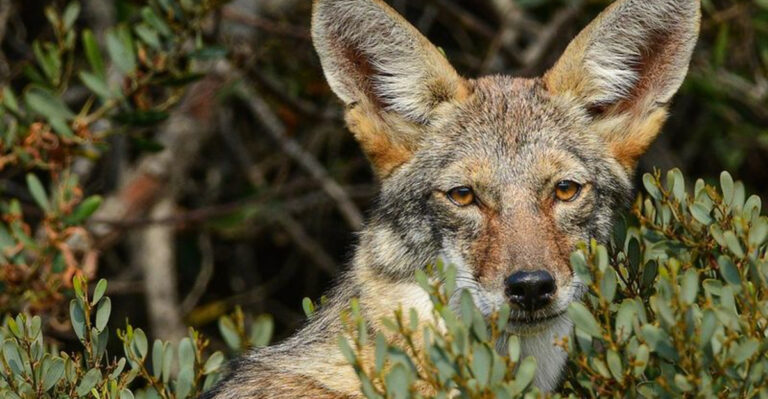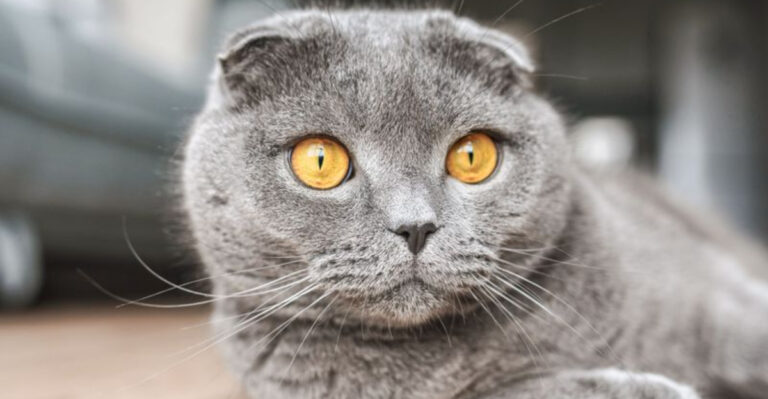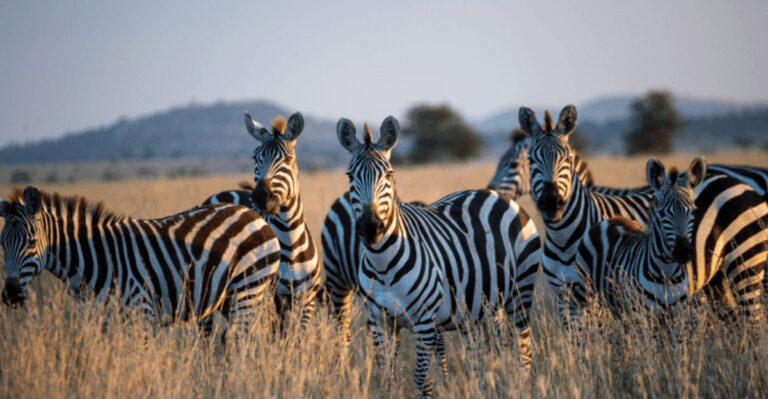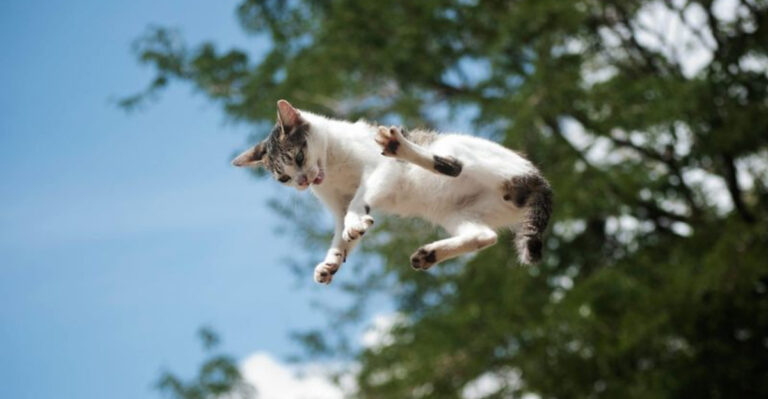17 Little-Known Animals Whose Names Start With ‘W’
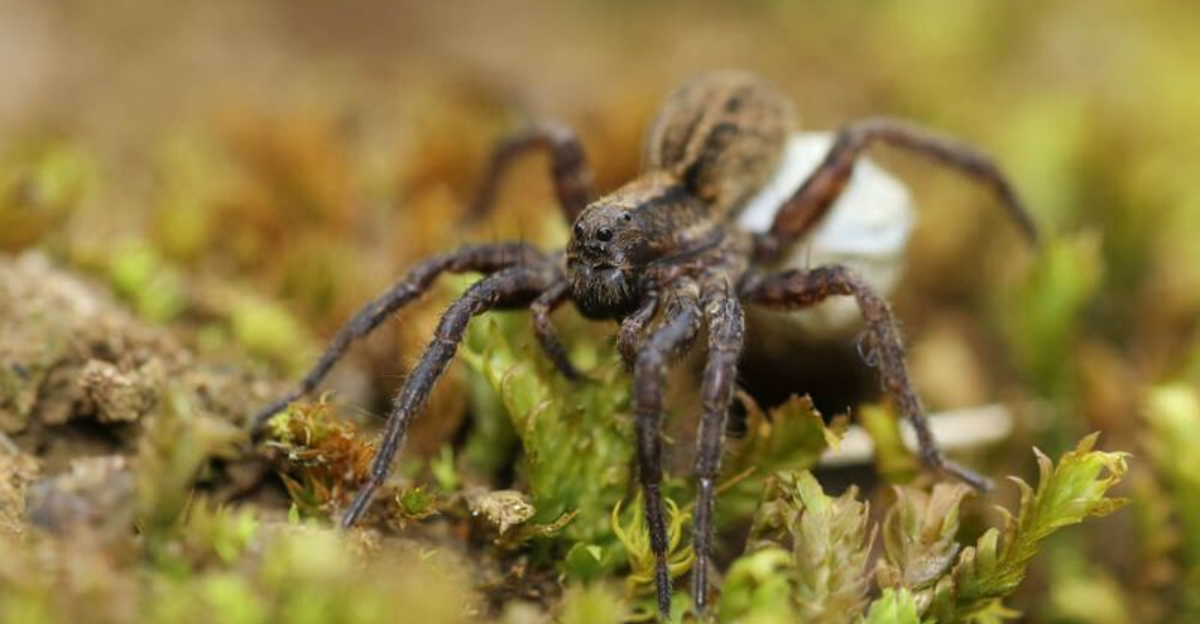
In the vast and diverse animal kingdom, some creatures are so elusive that even their names spark curiosity and wonder.
From the whimsical to the downright weird, these creatures are bound to surprise even the most seasoned wildlife enthusiast. Come along as we uncover the hidden gems of the animal world, each with its own unique charm and story.
1. Wolverine
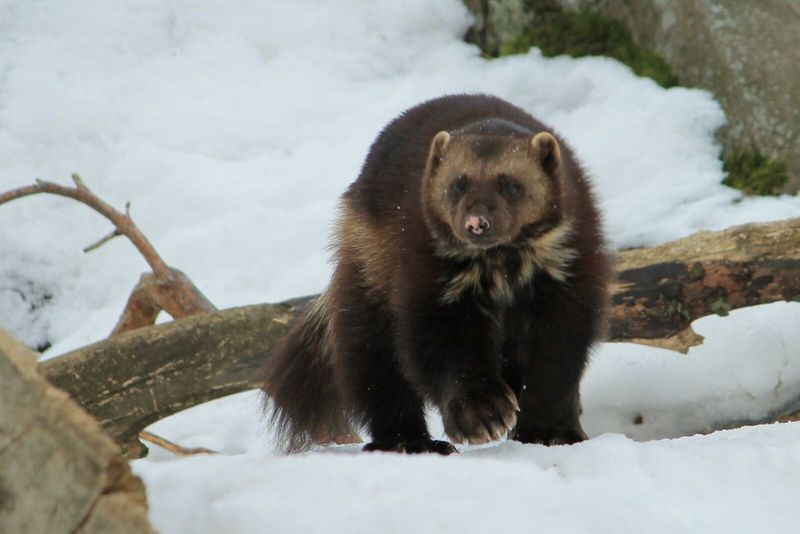
With a name like Wolverine, you might expect a superhero. This tough creature, however, roams the northern forests with a tenacity that’s more than a match for its fictional counterpart.
Known for its impressive strength relative to size, the wolverine is a solitary predator, often challenging larger animals. Its thick fur and sharp claws make it a formidable hunter, surviving harsh winters with ease.
2. Whale Shark
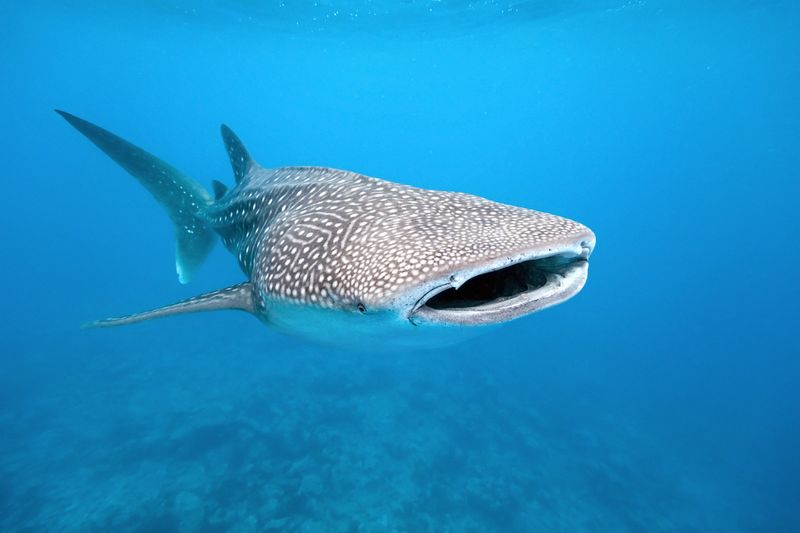
Contrary to its misleading name, the Whale Shark is not a whale but the largest fish in the ocean. Despite its size, it’s a gentle giant, gliding through the sea with mouth wide open, filtering plankton.
Its spotted skin resembles a starry night, making it a spectacle for divers. These majestic creatures travel thousands of miles each year, reminding us of the ocean’s vast mysteries.
3. Wallaby
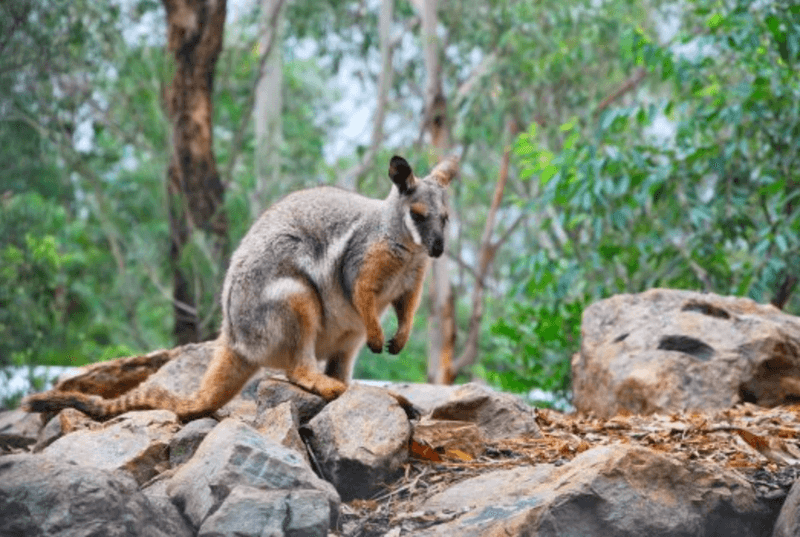
Wallabies might look like their kangaroo cousins, but these pint-sized wonders have their own charm. Hopping across the Australian landscape, they navigate the bush with agility.
Their smaller size allows them to bounce through dense vegetation, foraging for leaves and grasses. With a curious gaze, wallabies are both endearing and fascinating, embodying the spirit of the Aussie wilderness.
4. Wombat
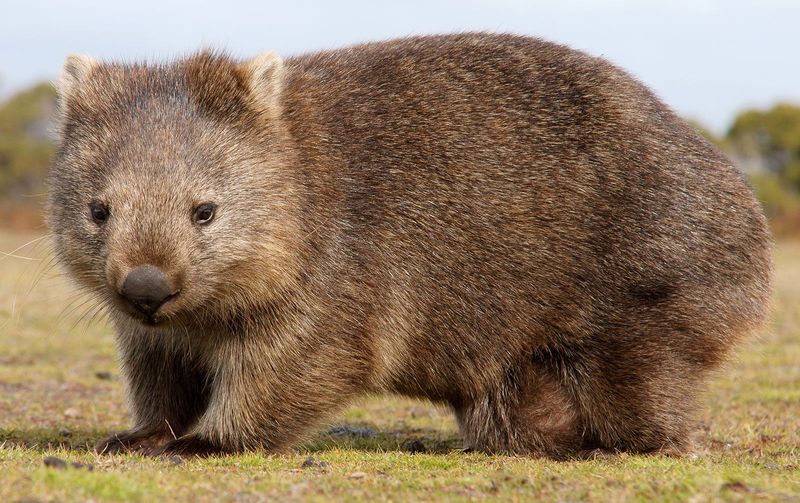
Chunky and adorable, the Wombat is a true digger, crafting extensive burrow networks underground. Using its rodent-like teeth and powerful limbs, it navigates the underworld like a pro.
Despite their slow appearance, wombats can run surprisingly fast when threatened. These stocky marsupials are nocturnal, emerging at night to graze and explore.
5. Weta
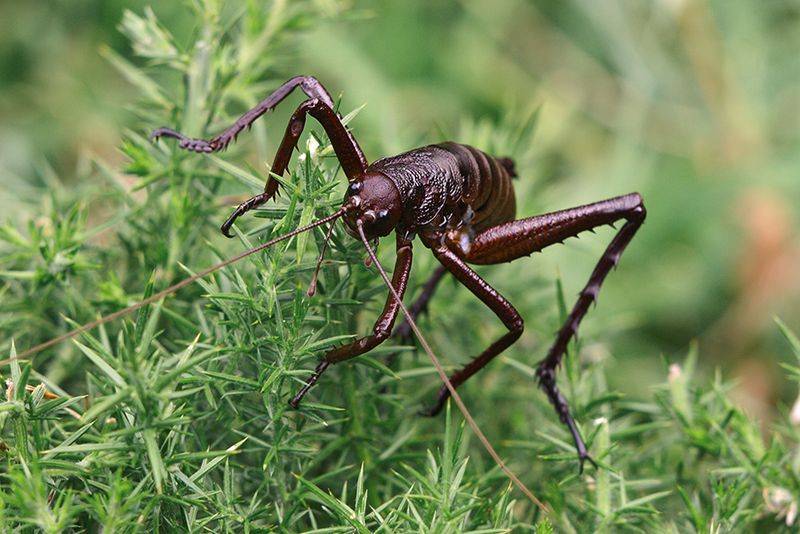
If bugs could be warriors, the Weta would lead the charge. This formidable insect, native to New Zealand, boasts size and strength that boggle the mind.
With spiny legs and a robust body, it thrives in forest and cave habitats. Despite its intimidating look, the weta is a gentle giant of the insect world, surviving on plants and fungi.
6. Woodpecker
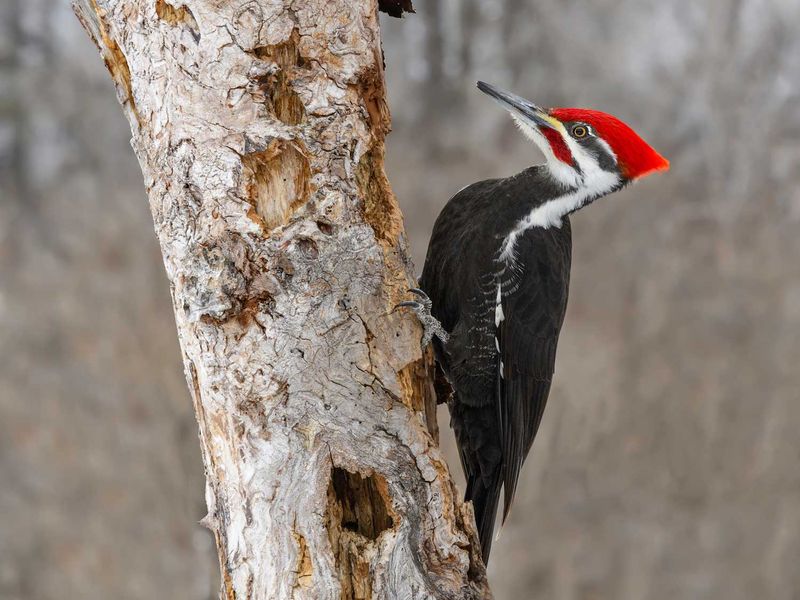
Tap-tap-tap – the unique rhythm of a woodpecker echoes through the forest. These industrious birds use their sturdy beaks to peck at tree bark, searching for insects.
Their distinctive drumming serves both as a feeding tactic and a communication method. With striking plumage and lively antics, woodpeckers are both performance artists and forest caretakers.
7. Walrus
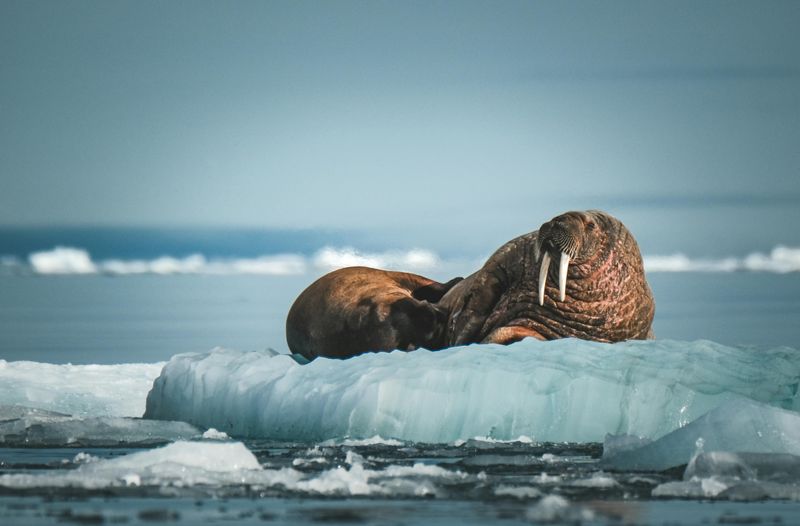
With long tusks and whiskered snout, the walrus is an iconic Arctic resident. These social giants gather in herds, basking on icy shores.
Their blubbery bodies are perfectly adapted for cold waters, helping them dive deep in search of clams and mollusks. The walrus’s presence is a testament to the rugged beauty of polar life.
8. Weasel
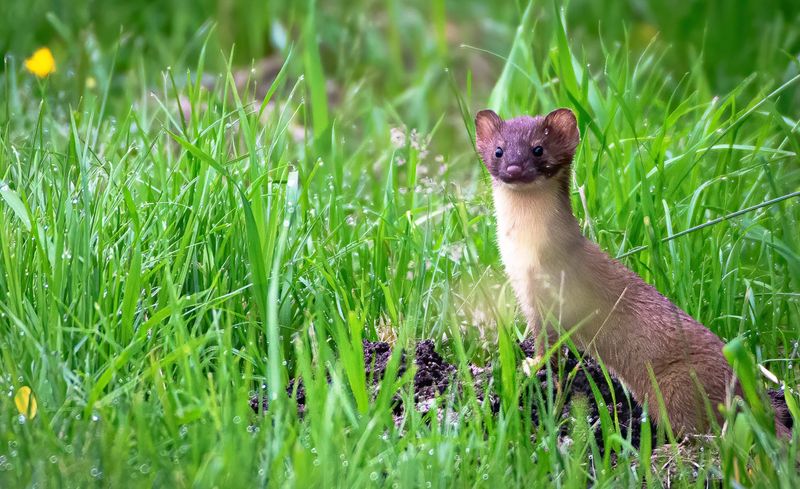
Small but fierce, the weasel is a master of stealth. Its slender body allows it to slip through tight spaces, hunting rodents and birds with precision.
Weasels are agile and quick, their speed a blur as they dash across meadows. Often underestimated, these cunning creatures are nature’s agile hunters.
9. Warthog

With a face only a mother could love, the warthog embraces its uniqueness. These hardy creatures roam the African savannah, their tusks a defining feature.
Contrary to their rugged appearance, warthogs are surprisingly agile, quick to flee when danger approaches. Their burrows serve as safe havens, highlighting their resourceful nature.
10. Wildcat
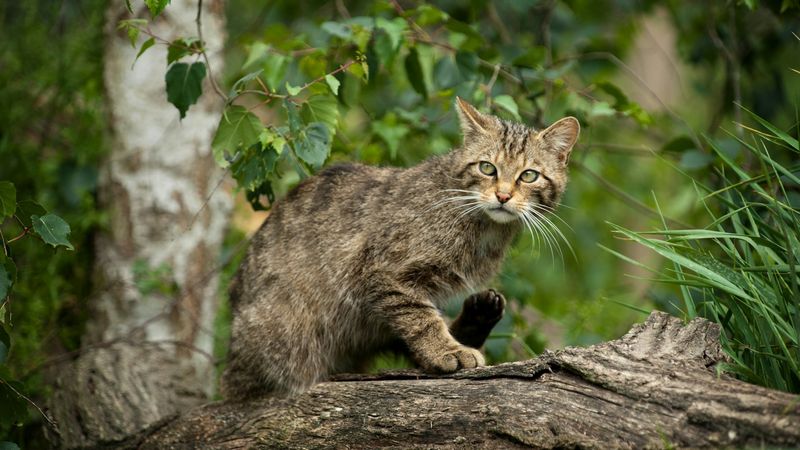
Wildcats, with their stealth and precision, are the shadowy hunters of the forest. Their keen senses and agile movements make them adept predators.
Blending seamlessly into the underbrush, wildcats silently stalk their prey. These solitary animals are elusive, often heard more than seen in their natural habitat.
11. Wildebeest
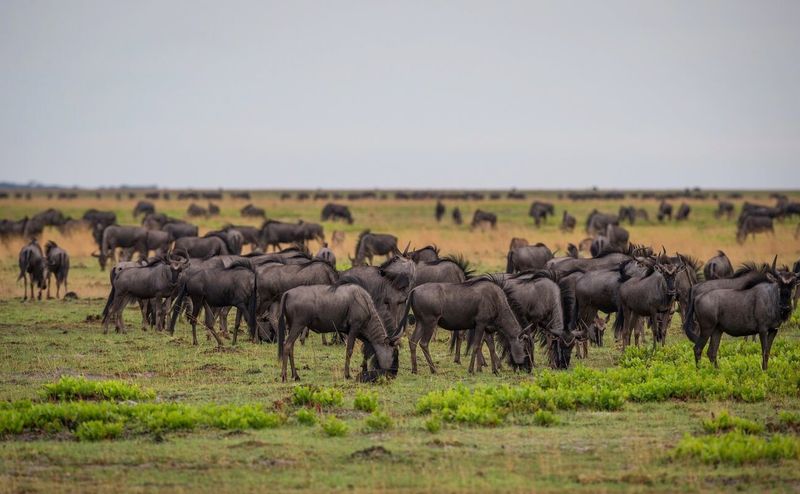
The wildebeest’s great migration is one of nature’s most breathtaking spectacles. As they move across the African plains, these creatures form massive herds.
Their journey is fraught with danger, yet their instinct to travel remains strong. With muscular bodies built for endurance, wildebeests are symbols of survival and determination.
12. Wolf
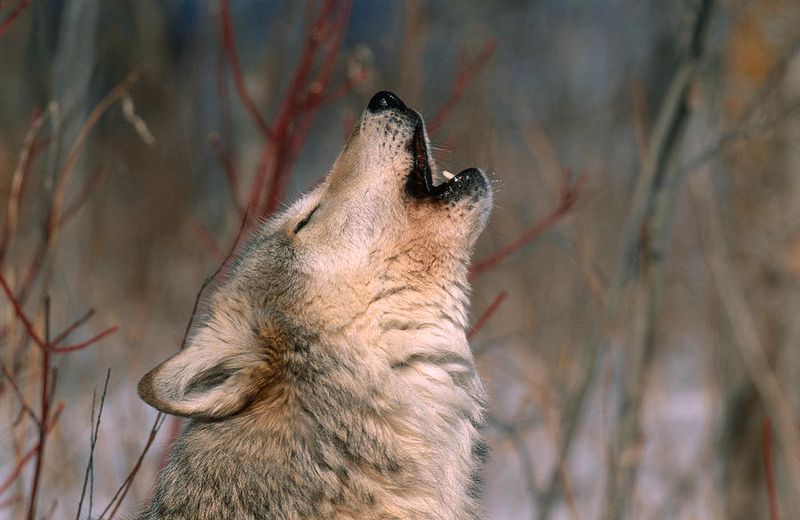
Wolves embody the call of the wild, their haunting howls echoing through the night. These pack animals are skilled hunters, relying on teamwork.
With expressive eyes and thick fur, wolves navigate diverse terrains, from forests to tundras. Their social structures and loyalty to the pack offer insights into survival and kinship.
13. Wolverine Frog

The Wolverine Frog isn’t just a name; it’s an apt description. This amphibian has retractable claws that break through the skin, a defense mechanism.
Native to Central Africa, this frog’s spiky defenses are a marvel of nature. Despite its fierce adaptation, it leads a quiet swamp life, evoking intrigue and a little awe.
14. Wolf Spider
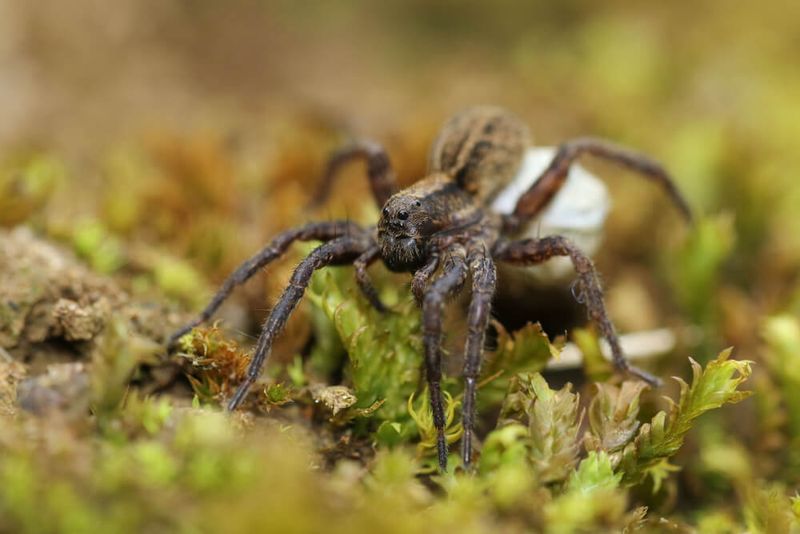
The wolf spider, unlike its web-spinning cousins, hunts its prey on foot. Agile and quick, it relies on speed and stealth.
With excellent eyesight and a knack for camouflage, this hunter blends into surroundings. Its name may sound intimidating, but wolf spiders are generally harmless to humans.
15. Walleye

Anglers know the walleye for its elusive nature. This freshwater fish is a prized catch, often found in lakes and rivers.
Known for its reflective eyes, the walleye sees well in low light, making it a night-time hunter. Its presence signifies a thriving aquatic ecosystem.
16. Wryneck
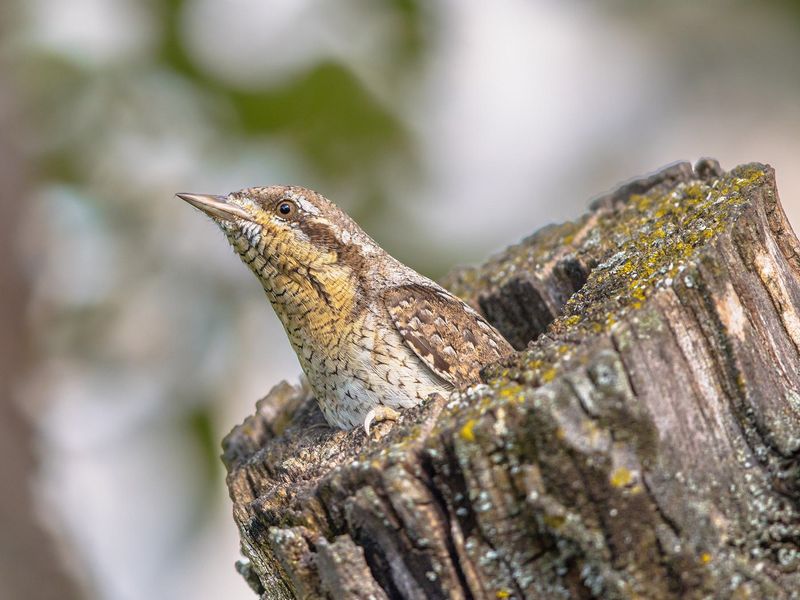
The wryneck is a master contortionist among birds, able to twist its neck in uncanny ways. This woodpecker relative uses this trick to deter predators.
Though often heard rather than seen, its haunting calls echo in woodlands. With cryptic plumage, the wryneck is a natural illusionist.
17. Wrasse
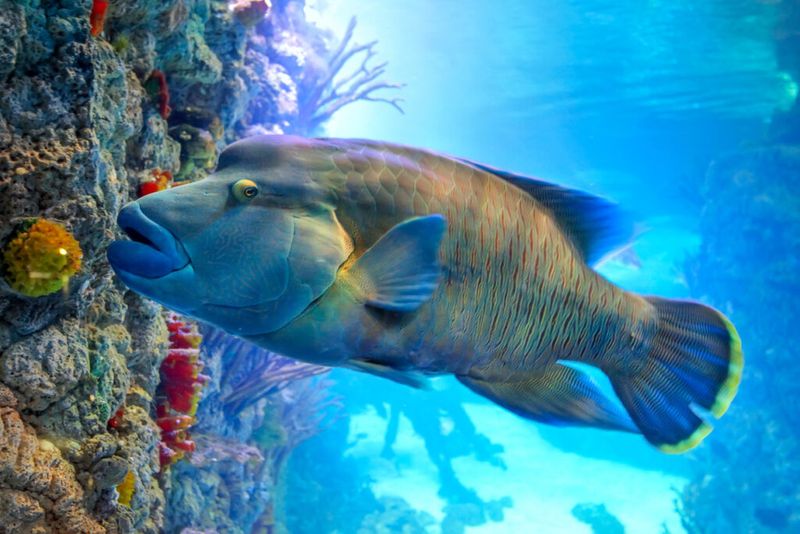
Wrasses bring a splash of color to coral reefs. Known for their vibrant scales, these fish play important roles in their ecosystem, cleaning other fish.
Their intricate dance around the reefs showcases their agility. Wrasses contribute to the health of their vibrant aquatic homes, ensuring balance.

